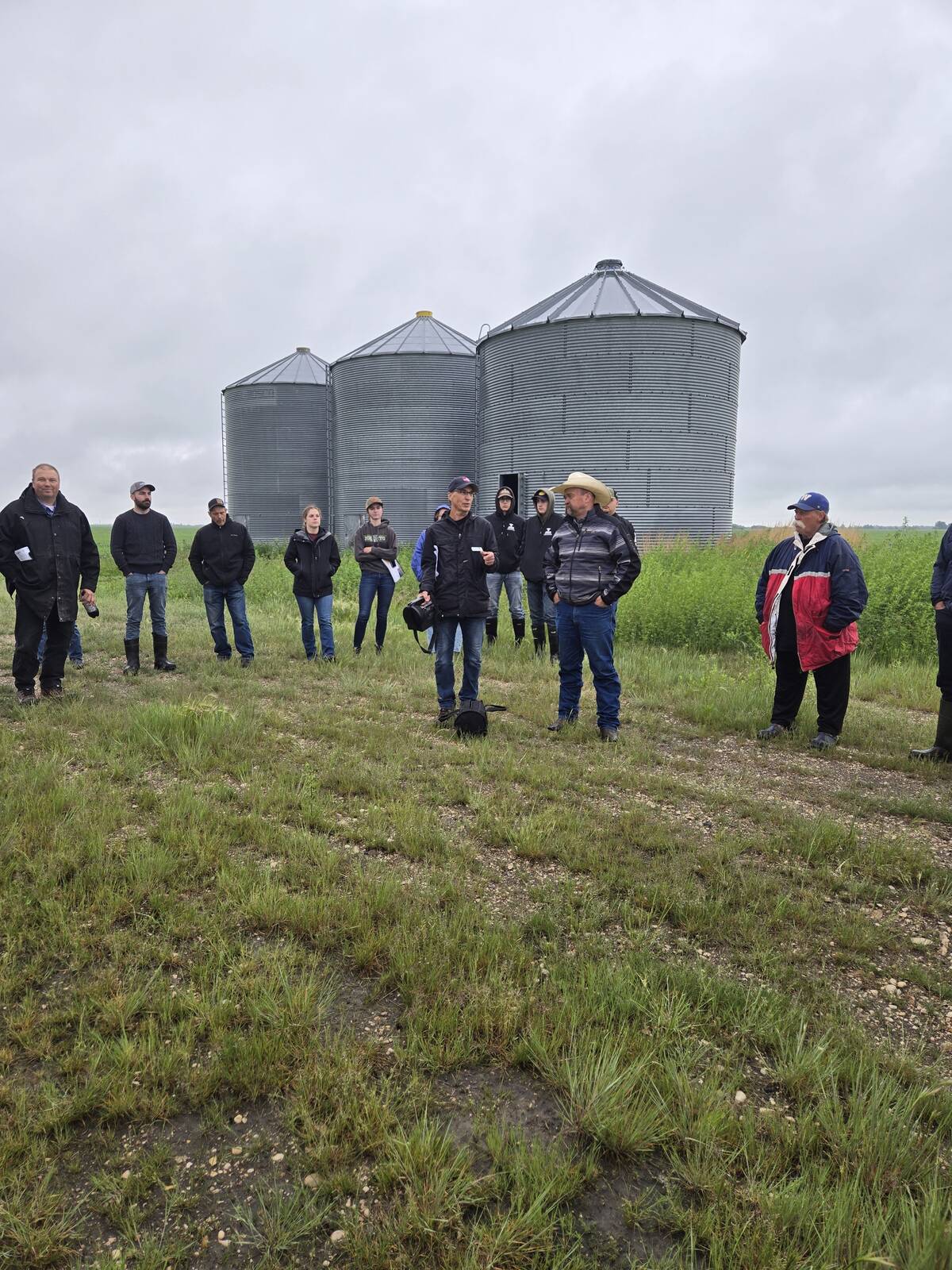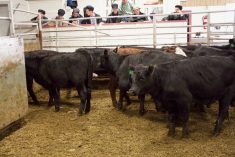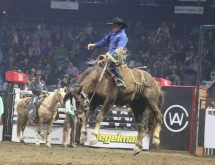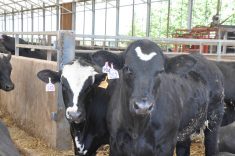A Manitoba rancher says switching from monoculture crops to diverse plant mixtures has dramatically improved his cattle’s health while eliminating the need for synthetic fertilizers.
Clayton Breault, who farms and raises cattle near Ste. Rose du Lac with his wife Shauna, says that his polycrop system has vastly improved the health of his herd.
“We found over the years here when we weaned our cows, we were treating 10 per cent of our cows for sickness. Since we switched them to a polycrop diet, we’re at less than one per cent. It just totally fixed our health problems with our cattle,” Breault said.
Read Also

Seeding Indigenous agricultural prosperity
National Circle for Indigenous Agriculture and Food says Indigenous agricultural success needs strong relationships.
Last winter, they treated only about 12 head for illness, compared to previous years when 200 to 300 animals required treatment.
WHY IT MATTERS: Cattle producers in the regenerative agriculture space commonly look for ways to inject more biodiversity into their operations. They argue that it pays off in ecosystem and long-term productive benefits.
The couple’s operation includes forage wheat, peas, barley, corn and milling oats, all grown in conjunction with with cover crop mixtures containing eight different plant families. That brings the diversity up from just using different crop species, they argue. Breault noted that their cover crops include chicory from the daisy family, plantain, various clovers, brassicas, forage collards and flax.
“There is no monoculture growing here whatsoever. That’s very hard on the soil and hard on the cattle too,” he told field tour attendees on their operation June 23.
Drought resilience and economic benefits
Annual polycrops are twice as moisture-efficient as corn, according to Shawn Cabak, livestock and forage specialist with Manitoba Agriculture. That makes them a resilient option to get cattle fed in a dry year, when the perennial forages are falling short and annuals may have to shoulder more of the feed burden.
Saving on inputs
The Breaults echo many of the arguments that other regenerative farmers use to pitch their systems.
Soil health and biodiversity are key tenets of the philosophy. Regenerative advocates then say those metrics feed into the productivity of the land, the ability to graze higher stock densities on fewer acres, resiliency in the face of both drought and flood, and lower costs by chipping away at chemical input bills.

Breault, for example, is of the camp that no longer uses fungicides on his crops. He says his system reduces disease issues to the point that he doesn’t need chemical control. He has also eliminated synthetic fertilizers on much of his land, including one field that produced 14 tonnes of forage per acre. The oats, he said, grew six-feet tall in that field, and the barley was equally impressive.
“We can grow more biomass than you can grow in a barley silage crop with 200 pounds of ammonia, and it’s way healthier for the cattle, way healthier for the cow and way healthier for your bank account,” he said.
His use of herbicides has also changed. The Breaults now avoid using glyphosate to die down crops after seeing cattle health issues that they maintain were tied to corn silage that had tested higher than the recommended residue limit for the herbicide. Instead, they’re back to swathing and natural drying.
They still use glyphosate as a pre-seed burn-off.
They are also part of a natural beef program, choosing to chase that market at the expense of avoiding implants and antibiotics.
















